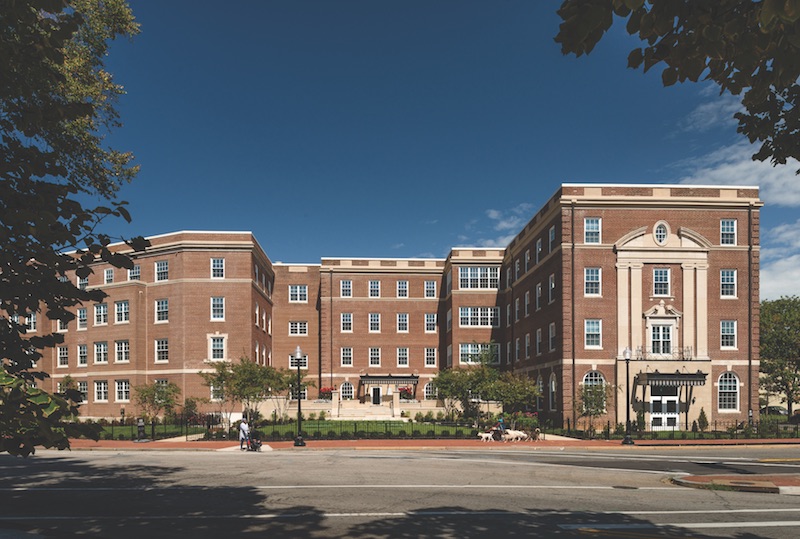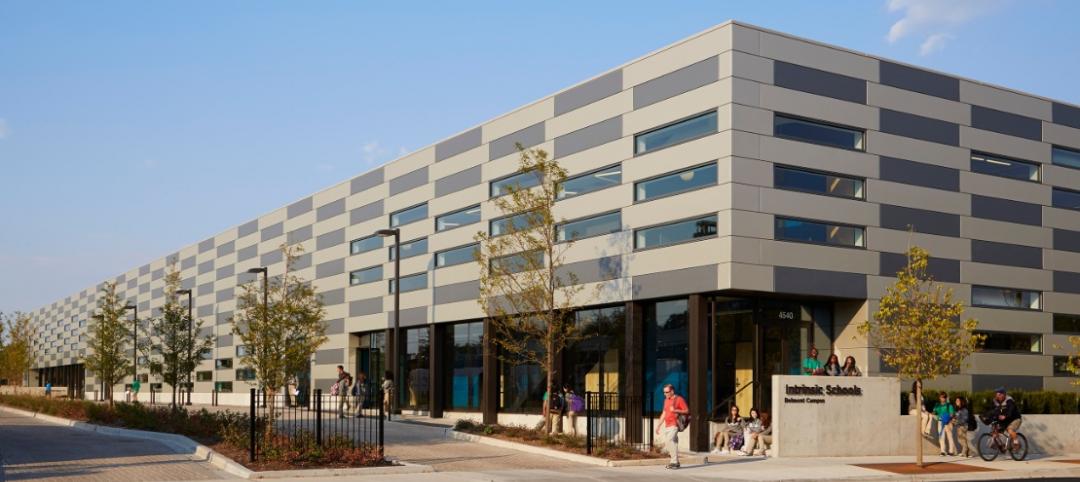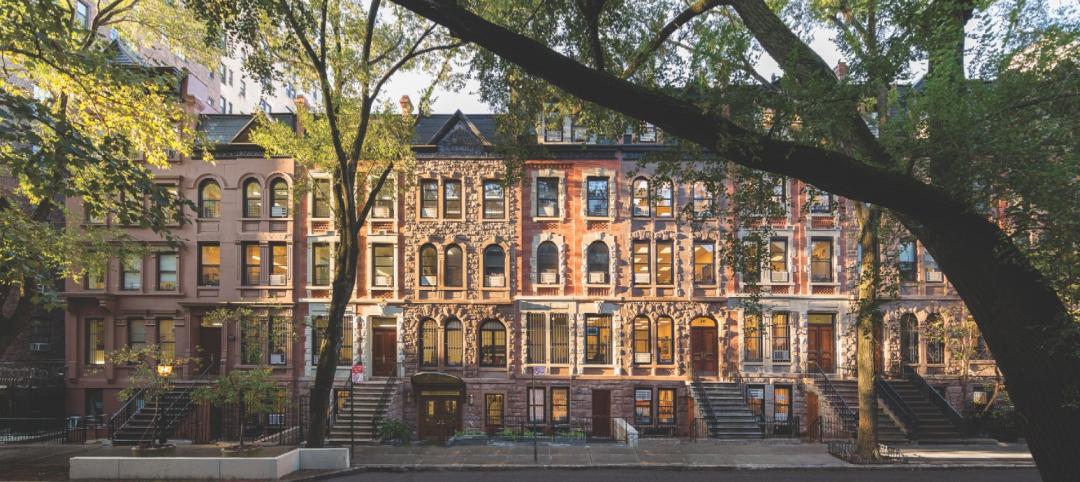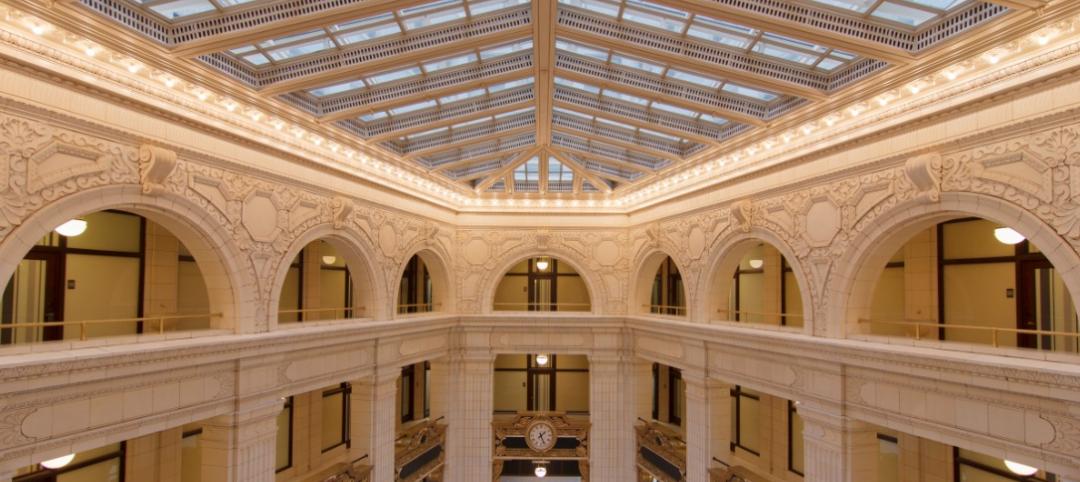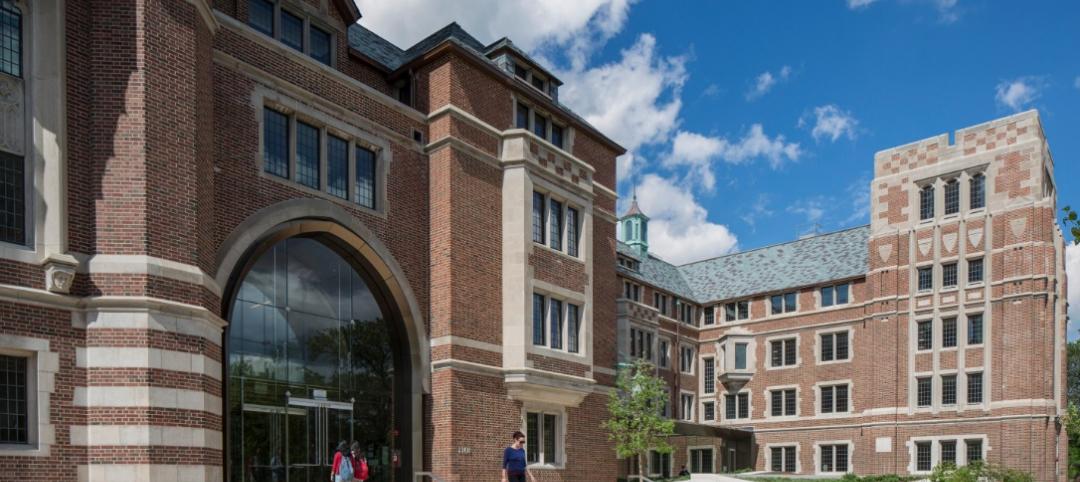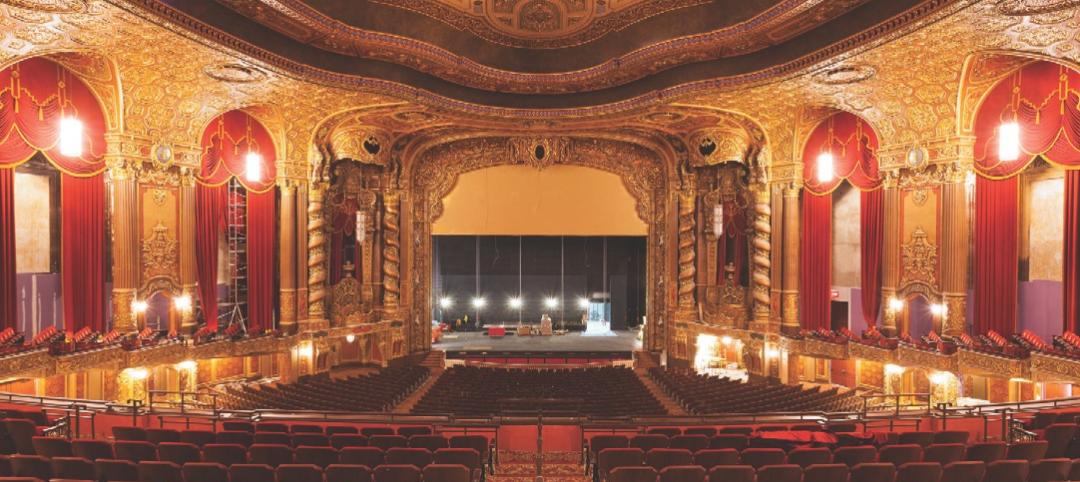Two decades is a long time for a hospital to sit, unused, with no future. Yet, there sat the 1920s-era hospital building in the heart of Washington, D.C.’s Capitol Hill neighborhood. Until an enterprising development team, led by Urban Structures, Borger Management, and Ronald D. Paul Companies, proposed an unusual plan to convert the 140,000-sf, four-story hospital into a luxury apartment building. As wild as it sounds, the $45 million plan worked, and the building’s first residents moved in early last year.
But the road from start to finish was a rocky one. It involved a complete roof-to-basement renovation of the building, delicate structural underpinning work to support two levels of below-grade parking, sensitive preservation work that needed Historic Preservation Review Board approval, and the design and construction of a world-class multifamily facility fitting of the neighborhood.
Called 700 Constitution, the complex houses 139 units (studio, one-, and two-bedroom), with an outdoor courtyard, fitness center, community room, yoga studio, e-lounge, and a package delivery system. A rooftop garden with bio retention, deck, and grilling area offers views of the U.S. Capitol dome and the Supreme Court.
The existing floors, with their double-loaded corridor and standard patient room depths, did not provide the apartment plan required in today’s rental market. The solution involved relocating the building’s corridor outside of the column-defined circulation pattern by adding a steel-frame and concrete structure on the rear of the building. This shift also allowed the team to add balconies to the rear façade of the building, which was not highly scrutinized by the preservation boards.
Each day of the 18-month demolition process presented a new obstacle to the design concept, most unforeseen. The demolition process exposed four different structural systems in varying states of soundness. Former exterior masonry walls with Palladian-style windows were uncovered intact, sandwiched between walls of later construction. This is just a taste of what the team faced and overcame to complete this award-winning project.
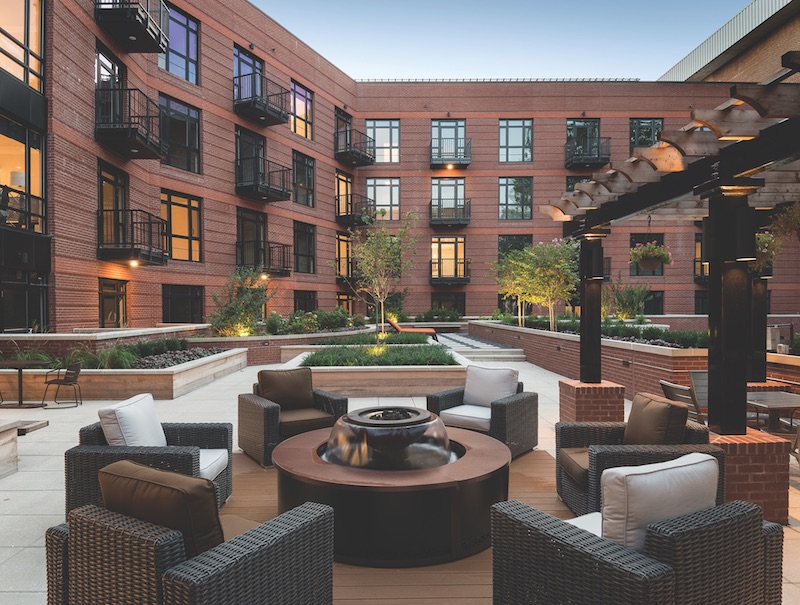
Bronze Award Winner
BUILDING TEAM Architecture, Inc. (submitting firm, architect) 700 LLC (developer) RD Jones & Associates (interior architect) Cagley & Associates (SE) FACE Associates (MEP) Donohoe Construction (GC) DETAILS 140,000 sf Total cost $45 million Construction time October 2013 to July 2017 Delivery method Design-bid-build
CLICK HERE TO GO TO THE 2018 RECONSTRUCTION AWARDS LANDING PAGE
Related Stories
Reconstruction Awards | Nov 16, 2015
Lumberyard turned into Chicago charter school
While the existing structures were in poor condition, the Building Team preserved and restored 75% of the spaces and incorporated historic elements in the final design of the Intrinsic School on Chicago's Northwest side.
Reconstruction Awards | Nov 12, 2015
Columbia Grammar and Preparatory School grows with the times
The 251-year-old NYC school was a design-build project that overcame issues like tight space and zoning appeals during its redevelopment.
Reconstruction Awards | Nov 10, 2015
Restoration of the Whitney Building provides hope for Detroit
Four years ago, Whitney Partners purchased the 253,000-sf Whitney for $3.3 million. Their mission was to turn the 19-story structure into a mixed-use hotel, rental apartment, and retail center that would serve as a reminder of more prosperous times in Detroit’s past.
Reconstruction Awards | Nov 9, 2015
University of Chicago uses space economically with Saieh Hall
The five-story, 100,000-sf seminary was converted into a modern education facility that would be fully integrated into the university’s Hyde Park campus. The project demonstrated the university’s commitment to finding a balance between new construction and adaptive reuse of historically significant buildings.
Reconstruction Awards | Nov 9, 2015
King of kings: Classic brooklyn movie theater stages a return engagement
The theater, which withstood vacancy, neglect and vandalism, has been redeveloped with a goal: balance preservation with the creation of a modern performance space.


